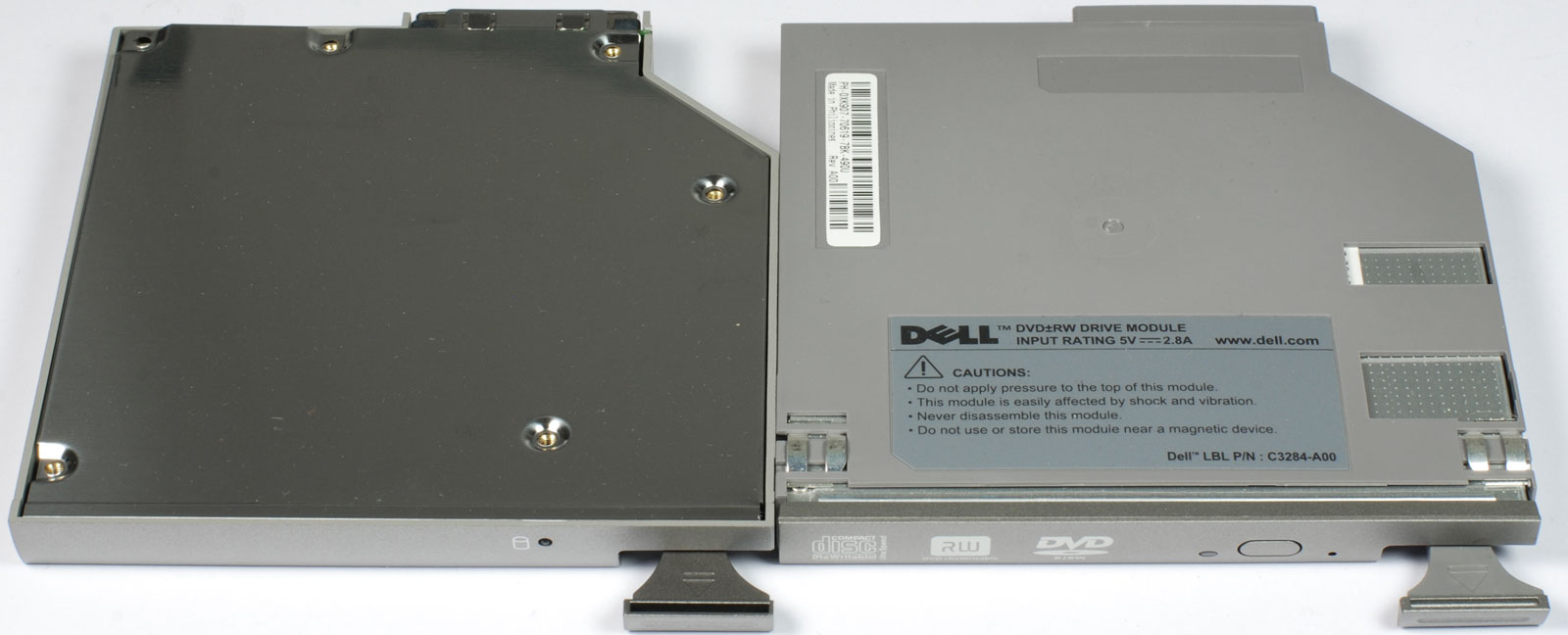Install A Hard Drive Or SSD In Your Notebook's Optical Bay
You want a performance-oriented SSD in your notebook, but you also need the capacity of a hard drive. Why not just remove your optical drive, drop your hard drive into its bay, and load up a brand new SSD with Windows and your apps?
Tiered Storage In A Single-Bay Notebook
Of course you'd rather have a notebook with a nice, larger SSD. You get significantly better responsiveness, higher data transfer rates, and lower power consumption, translating into longer battery life.
Why, then, do most notebooks still come with hard disks rather than solid-state drives? Unfortunately, SSDs are still very expensive per gigabyte of capacity. A 128 GB SSD sets you back at least $140, depending on how fast it is and who's selling it. At that price, you could buy a 1 TB hard disk instead. Smaller SSDs around the 64 GB mark are naturally less expensive, but then you have to start worrying whether your operating system and applications will even fit, let alone your movies, music, and pictures.
That's an easy problem to solve on the desktop. Simply use an SSD and a hard drive together in the same machine. The SSD hosts the operating system and a few hand-picked, performance-sensitive applications, while the mechanical storage is used for user data.
Most notebooks don't give you the luxury of using both technologies, though. Equipped with a single 2.5" drive bay, they force you to choose between a big price tag and small capacity, or more space and lower performance.
But if your mobile machine sports one hard disk bay and an optical drive slot, we'll show you how to make a minor compromise to get an SSD and conventional disk running cooperatively.
Borrowing Space From The Optical Drive
There are already kits available that let you swap out your optical drive and replace it with a 2.5" storage device, be it a hard drive or SSD. MCE Technologies makes them for Macs and NewMode Electronics sells them for a number of PC vendors. We used a kit called OptiBayHD, available in Germany. In every case, the idea is to replace the optical drive with a special caddy that holds any other component that fits. In this story, we're going to swap out the original hard drive, replace it with an SSD, and then drop the disk into the OptiBayHD caddy.
Get Tom's Hardware's best news and in-depth reviews, straight to your inbox.
The OptiBayHD comes in 13 different flavors, which differ slightly with respect to internal and external connections, height, supported hard disk height, and front panel color. Between them, you're able to achieve compatibility with notebooks made by Asus, Dell, Fujitsu LG, Samsung, Sony, and Toshiba. The cost is $68 (found on hantz.com), plus shipping. Optional USB or eSATA cables allow you to use the OptiBayHD caddy like an external drive, too.
On the following pages, we'll show you how to add an SSD to a Dell Latitude D630 notebook, specifically, using the OptiBayHD caddy.
Current page: Tiered Storage In A Single-Bay Notebook
Next Page Step 1: Replace The Hard Disk With The SSD